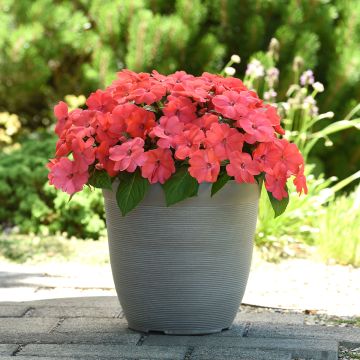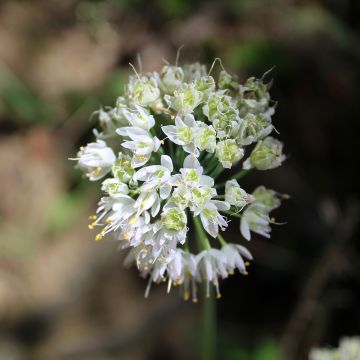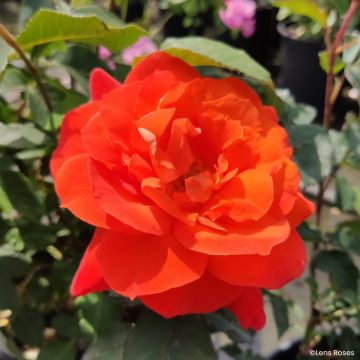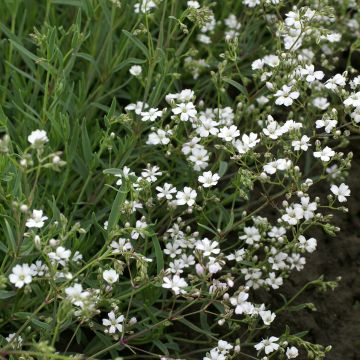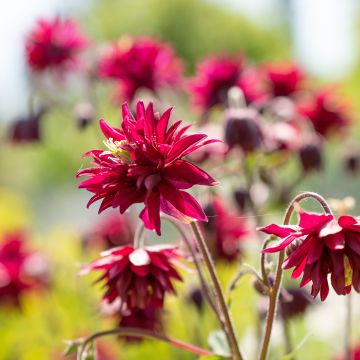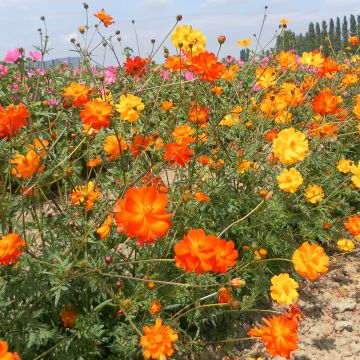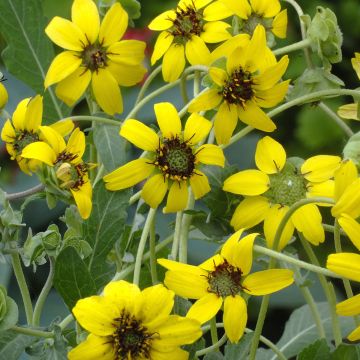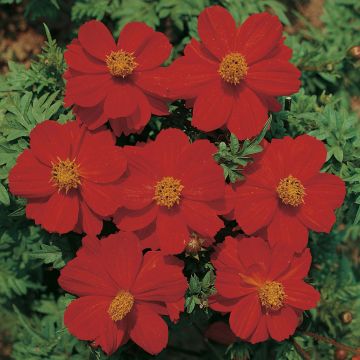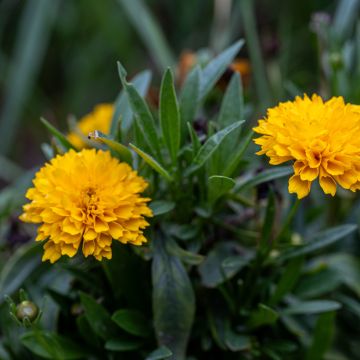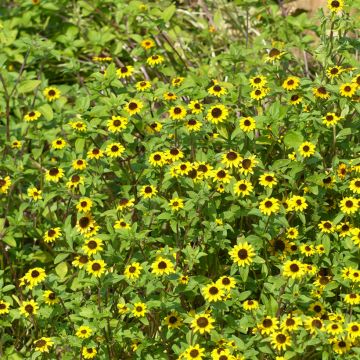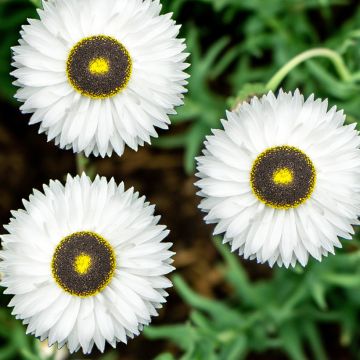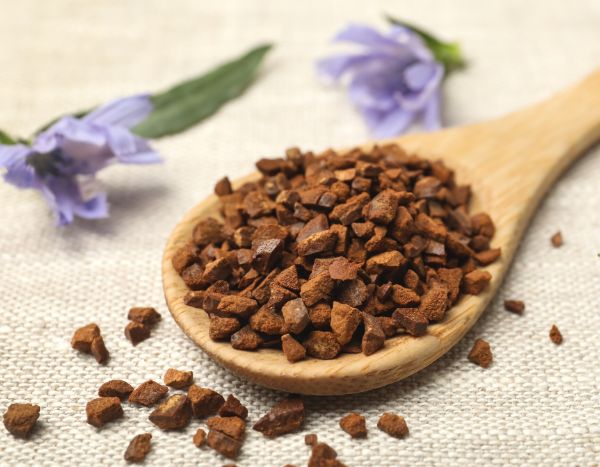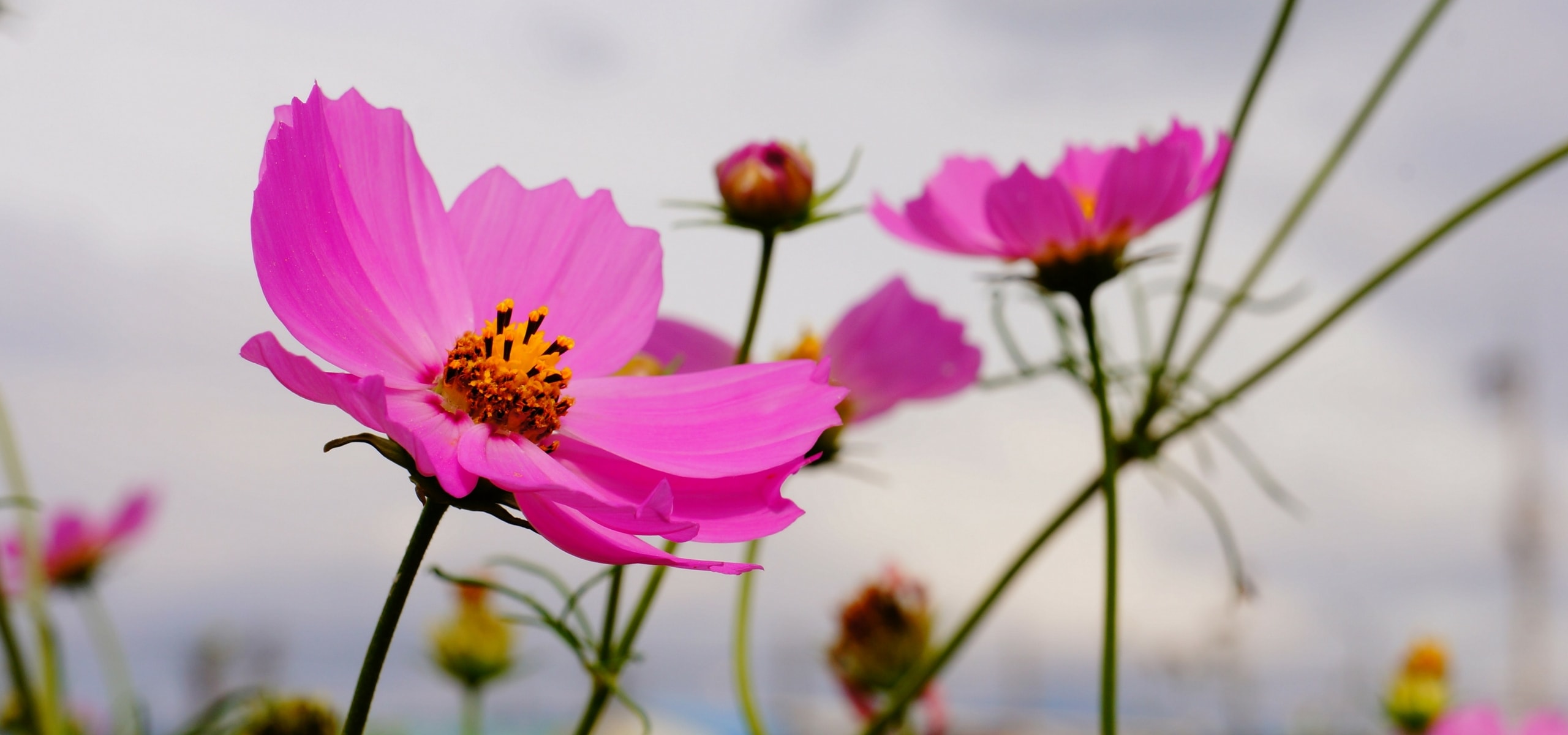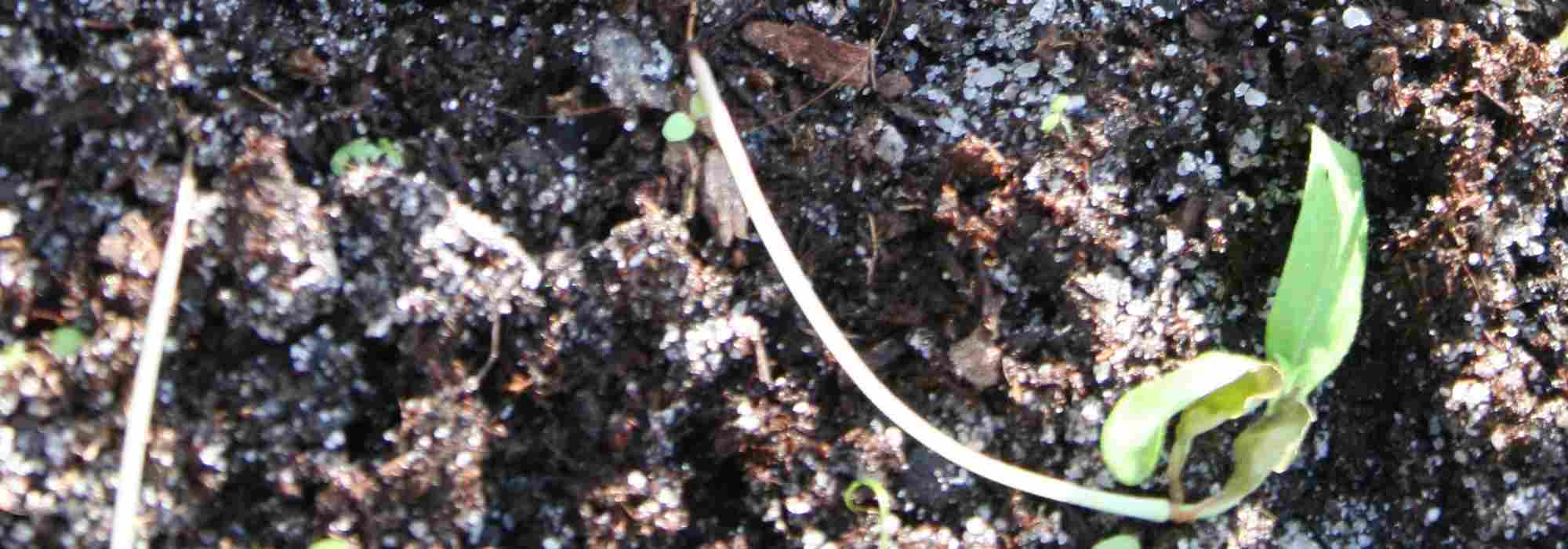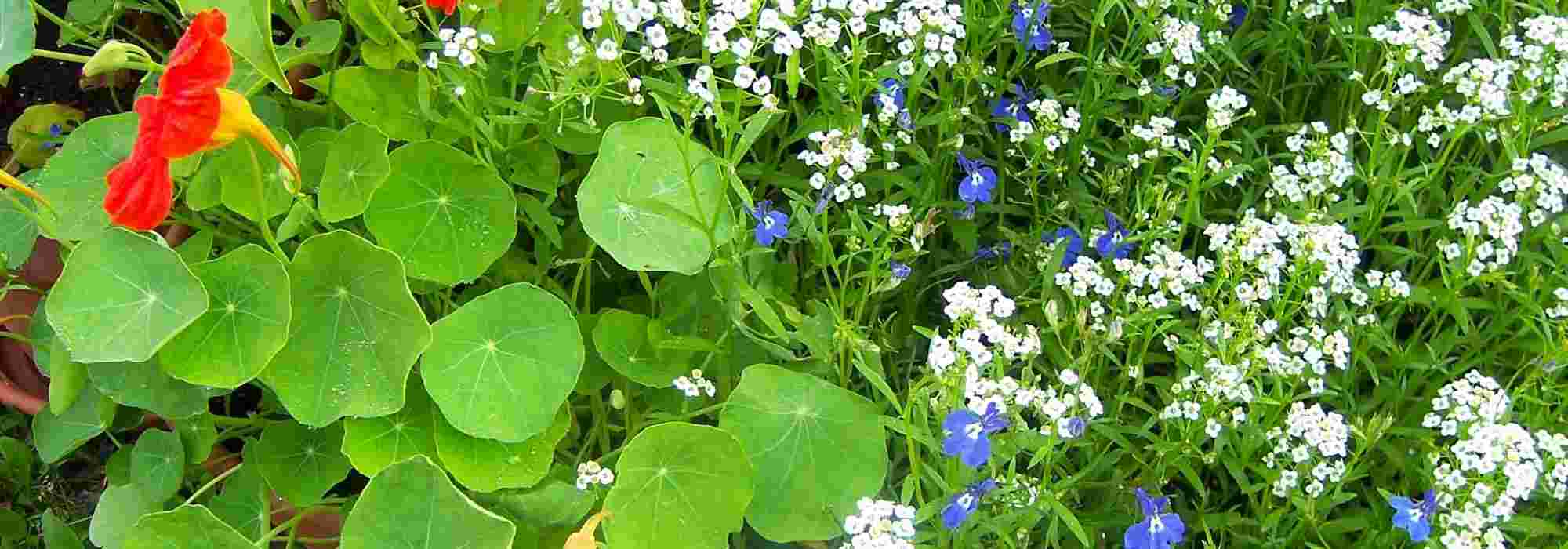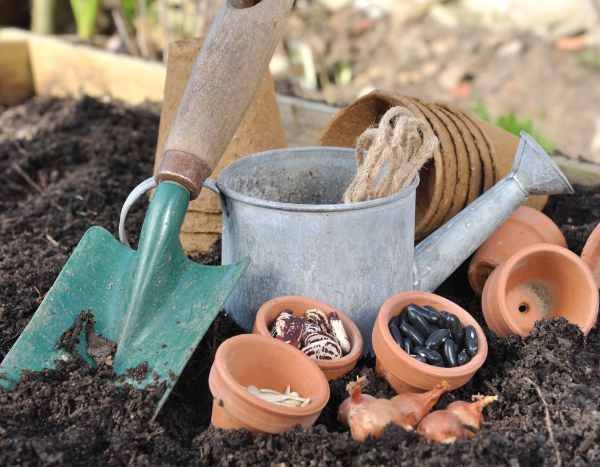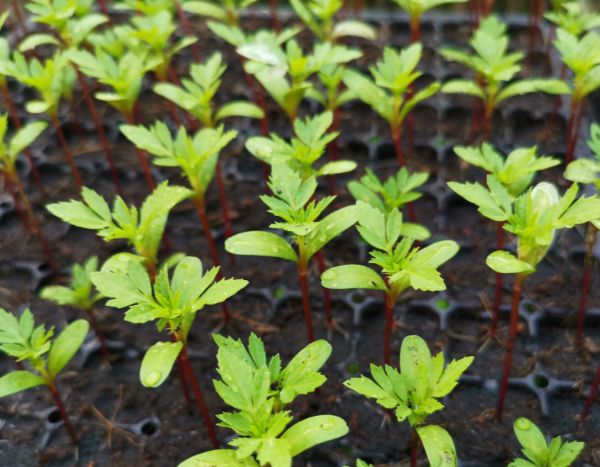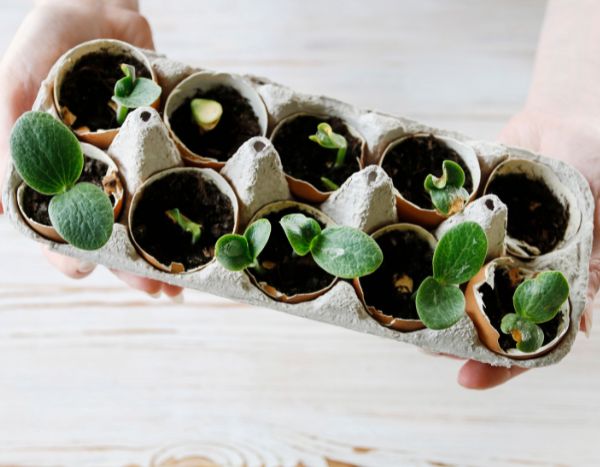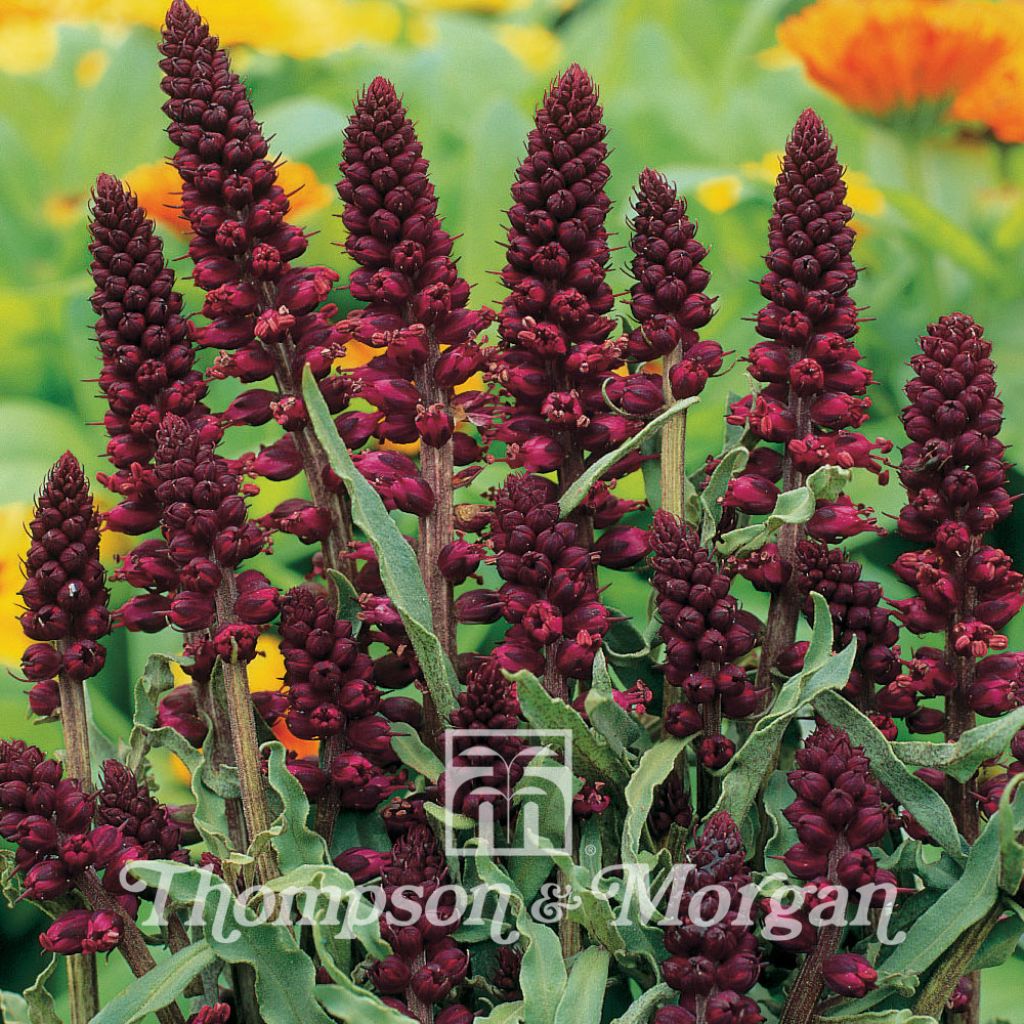

Lysimachia Atropurpurea
Lysimachia atropurpurea - Purple gooseneck Loosestrife
Lysimachia atropurpurea
Purple gooseneck loosestrife, Purple Loosestrife, Purple Gromwell
Special offer!
Receive a €20 voucher for any order over €90 (excluding delivery costs, credit notes, and plastic-free options)!
1- Add your favorite plants to your cart.
2- Once you have reached €90, confirm your order (you can even choose the delivery date!).
3- As soon as your order is shipped, you will receive an email containing your voucher code, valid for 3 months (90 days).
Your voucher is unique and can only be used once, for any order with a minimum value of €20, excluding delivery costs.
Can be combined with other current offers, non-divisible and non-refundable.
Why not try an alternative variety in stock?
View all →This plant carries a 6 months recovery warranty
More information
We guarantee the quality of our plants for a full growing cycle, and will replace at our expense any plant that fails to recover under normal climatic and planting conditions.
Does this plant fit my garden?
Set up your Plantfit profile →
Description
Lysimachia atropurpurea, also known as purple loosestrife, is a magnificent, fast-growing plant often grown as a biennial. It forms a cluster of sturdy stems covered with beautiful silver-green foliage that serves as a backdrop for arching spikes adorned with small purple flowers that are so dark they can appear black. The combination of flowers and foliage creates a rare and precious combination in the garden. This loosestrife thrives in full sun or partial shade, in moist and humus-rich soil, or in large pots. Its flowers can be cut to create beautiful bouquets.
Lysimachia atropurpurea is a compact and short-lived perennial plant. It is native to the Balkans and belongs to the primrose family. It grows from a dense crown, forming a cluster of sturdy, upright stems, 70 to 80 cm (28 to 32in) high. It is characterised by terminal inflorescences, 20 cm (8in) long, adorned with very small dark purple flowers that bloom in thin, incurved spikes from June to September. The 15 cm (6in) long lanceolate and wavy leaves are covered in silver-grey, creating a striking contrast of colours.
Lysimachia atropurpurea is ideal for the back of a slightly wild, sunny flower bed. Plant it alongside phlox, sage, bee balm, etc...It can be grown in flower beds or containers. It is perfect at the edge of water features or in damp rock gardens, alongside primulas, willowherbs, and ironweeds. This plant is useful for its unassuming yet effective presence in flower beds, where its upright habit and glaucous foliage enhance heavier plants or more vibrant blooms. It can become invasive if the conditions are right, self-seeding in fertile, well-drained, moist soil.
Report an error about the product description
Flowering
Foliage
Plant habit
Botanical data
Lysimachia
atropurpurea
Primulaceae
Purple gooseneck loosestrife, Purple Loosestrife, Purple Gromwell
Cultivar or hybrid
Other Thompson and Morgan seeds
View all →Planting and care
Sow from February to July.
Sow Lysimachia atropurpurea seeds in seed trays, pots, etc. in seed compost, placed in a propagator or a warm location to maintain an optimal temperature of 20-30°C (68-86°F). Sprinkle the seeds on the surface of a mixture of compost, soil, and sand. Germination usually takes 1 to 4 months.
Transplant the young plants into 8 cm (3in) pots when they are big enough to handle.
Acclimatise the young plants to outdoor conditions before planting them outside, in full sun or partial shade, 45cm (18in) apart in a sunny or partially shady location, and a fairly rich, loose, moist to wet soil. This plant seems quite resistant to attacks from slugs and snails.
Sowing period
Intended location
Planting & care advice
This item has not been reviewed yet - be the first to leave a review about it.
Haven't found what you were looking for?
Hardiness is the lowest winter temperature a plant can endure without suffering serious damage or even dying. However, hardiness is affected by location (a sheltered area, such as a patio), protection (winter cover) and soil type (hardiness is improved by well-drained soil).

Photo Sharing Terms & Conditions
In order to encourage gardeners to interact and share their experiences, Promesse de fleurs offers various media enabling content to be uploaded onto its Site - in particular via the ‘Photo sharing’ module.
The User agrees to refrain from:
- Posting any content that is illegal, prejudicial, insulting, racist, inciteful to hatred, revisionist, contrary to public decency, that infringes on privacy or on the privacy rights of third parties, in particular the publicity rights of persons and goods, intellectual property rights, or the right to privacy.
- Submitting content on behalf of a third party;
- Impersonate the identity of a third party and/or publish any personal information about a third party;
In general, the User undertakes to refrain from any unethical behaviour.
All Content (in particular text, comments, files, images, photos, videos, creative works, etc.), which may be subject to property or intellectual property rights, image or other private rights, shall remain the property of the User, subject to the limited rights granted by the terms of the licence granted by Promesse de fleurs as stated below. Users are at liberty to publish or not to publish such Content on the Site, notably via the ‘Photo Sharing’ facility, and accept that this Content shall be made public and freely accessible, notably on the Internet.
Users further acknowledge, undertake to have ,and guarantee that they hold all necessary rights and permissions to publish such material on the Site, in particular with regard to the legislation in force pertaining to any privacy, property, intellectual property, image, or contractual rights, or rights of any other nature. By publishing such Content on the Site, Users acknowledge accepting full liability as publishers of the Content within the meaning of the law, and grant Promesse de fleurs, free of charge, an inclusive, worldwide licence for the said Content for the entire duration of its publication, including all reproduction, representation, up/downloading, displaying, performing, transmission, and storage rights.
Users also grant permission for their name to be linked to the Content and accept that this link may not always be made available.
By engaging in posting material, Users consent to their Content becoming automatically accessible on the Internet, in particular on other sites and/or blogs and/or web pages of the Promesse de fleurs site, including in particular social pages and the Promesse de fleurs catalogue.
Users may secure the removal of entrusted content free of charge by issuing a simple request via our contact form.
The flowering period indicated on our website applies to countries and regions located in USDA zone 8 (France, the United Kingdom, Ireland, the Netherlands, etc.)
It will vary according to where you live:
- In zones 9 to 10 (Italy, Spain, Greece, etc.), flowering will occur about 2 to 4 weeks earlier.
- In zones 6 to 7 (Germany, Poland, Slovenia, and lower mountainous regions), flowering will be delayed by 2 to 3 weeks.
- In zone 5 (Central Europe, Scandinavia), blooming will be delayed by 3 to 5 weeks.
In temperate climates, pruning of spring-flowering shrubs (forsythia, spireas, etc.) should be done just after flowering.
Pruning of summer-flowering shrubs (Indian Lilac, Perovskia, etc.) can be done in winter or spring.
In cold regions as well as with frost-sensitive plants, avoid pruning too early when severe frosts may still occur.
The planting period indicated on our website applies to countries and regions located in USDA zone 8 (France, United Kingdom, Ireland, Netherlands).
It will vary according to where you live:
- In Mediterranean zones (Marseille, Madrid, Milan, etc.), autumn and winter are the best planting periods.
- In continental zones (Strasbourg, Munich, Vienna, etc.), delay planting by 2 to 3 weeks in spring and bring it forward by 2 to 4 weeks in autumn.
- In mountainous regions (the Alps, Pyrenees, Carpathians, etc.), it is best to plant in late spring (May-June) or late summer (August-September).
The harvesting period indicated on our website applies to countries and regions in USDA zone 8 (France, England, Ireland, the Netherlands).
In colder areas (Scandinavia, Poland, Austria...) fruit and vegetable harvests are likely to be delayed by 3-4 weeks.
In warmer areas (Italy, Spain, Greece, etc.), harvesting will probably take place earlier, depending on weather conditions.
The sowing periods indicated on our website apply to countries and regions within USDA Zone 8 (France, UK, Ireland, Netherlands).
In colder areas (Scandinavia, Poland, Austria...), delay any outdoor sowing by 3-4 weeks, or sow under glass.
In warmer climes (Italy, Spain, Greece, etc.), bring outdoor sowing forward by a few weeks.


































